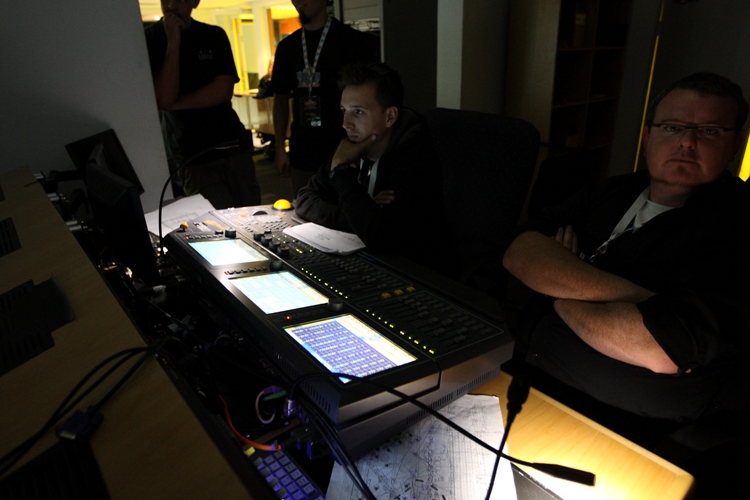10 May 2010
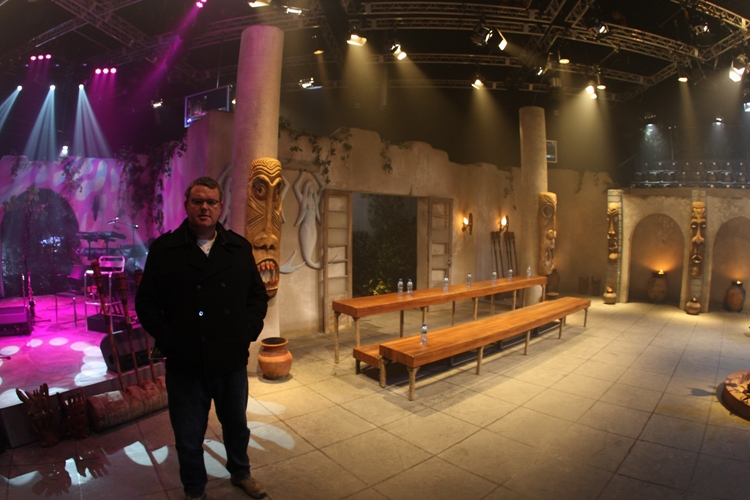 Survivor South Africa Santa Carolina has been in the limelight. GiGi won the third season of this reality television show which was aired on M-Net and saw South African celebrities compete for R500 000 which they could donate to their charity of choice. Blond Productions provided the lighting for the Tribal Councils held on the island as well as the much anticipated finale, using Robe fixtures controlled by a grandMA full size. While many of us dream of a quest, roughing it out and breaking away from our day to day existence, it’s not always what you expect. Mauritz Neethling, who wore the LD cap in this instance, is the co-owner of LCD Productions, the sister company of Blond Productions. He tells us about his journey from lugging equipment through water and sand in Mozambique right up to setting up the Survivor finale in the comfort of M-Net’s Studio Six.
Survivor South Africa Santa Carolina has been in the limelight. GiGi won the third season of this reality television show which was aired on M-Net and saw South African celebrities compete for R500 000 which they could donate to their charity of choice. Blond Productions provided the lighting for the Tribal Councils held on the island as well as the much anticipated finale, using Robe fixtures controlled by a grandMA full size. While many of us dream of a quest, roughing it out and breaking away from our day to day existence, it’s not always what you expect. Mauritz Neethling, who wore the LD cap in this instance, is the co-owner of LCD Productions, the sister company of Blond Productions. He tells us about his journey from lugging equipment through water and sand in Mozambique right up to setting up the Survivor finale in the comfort of M-Net’s Studio Six.
“Initially I flew out to do a “recce in a six-seater Island Hopper with a Bush Pilot,” said Mauritz, leaning back in his chair as he sipped coffee. “I enjoy stuff like that. It took four hours to get there and we had to stop in Nelspruit to fill up with fuel which took an hour.”
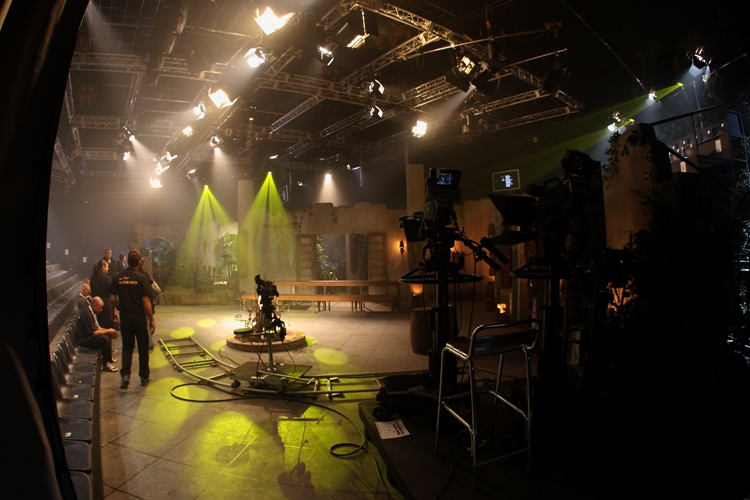 Mauritz was in Mozambique for six days to see Paradise Island and to establish what would be required from a technical point of view. This was the first time that Survivor South Africa had been produced using a full South African crew. “I am really proud to have been part of it,” said Mauritz. “I have always been a fan of the show and then we received the call from Endermol asking if we would be able to go to the island for five weeks.” Blond Productions had worked on the previous finale which was broadcast from Carnival City but never on the whole production.
Mauritz was in Mozambique for six days to see Paradise Island and to establish what would be required from a technical point of view. This was the first time that Survivor South Africa had been produced using a full South African crew. “I am really proud to have been part of it,” said Mauritz. “I have always been a fan of the show and then we received the call from Endermol asking if we would be able to go to the island for five weeks.” Blond Productions had worked on the previous finale which was broadcast from Carnival City but never on the whole production.
Arriving back in South Africa, Mauritz had a couple of weeks to prep the gear and returned to Mozambique on the 6th November 2009, leaving behind a very pregnant wife and the smell of adventure in the air.
Generic and HMi lighting comprised of 10 x 2ks, 12 x 1ks, 2 x 4k Cinepars, 22 x Parcans and Jands dimmers. Blond Productions also supplied flags, nets and reflectors for the cameramen. While this equipment was delivered to the island in a plane, all dimmers and cables were transported via a ferry from Inhassorro to Paradise Island. The equipment, including 100 and 80 KVA generators, could only be loaded onto the ferry at low tide. Then it was a matter of waiting for high tide to embark on a two hour journey which covered seven kilometres. Once on the other side, it was necessary to wait for low tide before the equipment could be unloaded. The whole experience took two days.
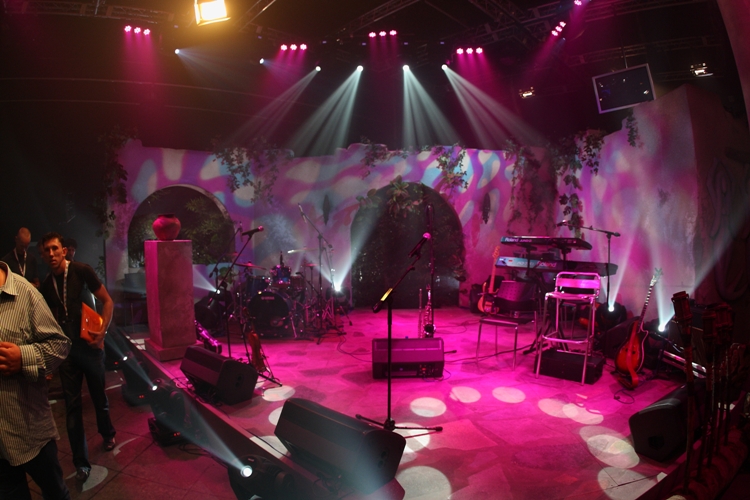 The next challenge was carrying 400 kg of cable in boxes over a one kilometre stretch of beach sand. “We used five sections of Marine Boards to do this,” explained Mauritz. The boards were lined up and as the box was pushed over the fourth board, the last board would be grabbed from behind laid down at the front of the “walkway”.
The next challenge was carrying 400 kg of cable in boxes over a one kilometre stretch of beach sand. “We used five sections of Marine Boards to do this,” explained Mauritz. The boards were lined up and as the box was pushed over the fourth board, the last board would be grabbed from behind laid down at the front of the “walkway”.
Five members of Blond Productions, including co-owner Christiaan Ballot, helped to set up and then Mauritz and the crew remained for the duration staying in Inhassorro. “My team had access to water, food and a bed at night,” relays Mauritz. “Getting from the mainland to the island where the Survivor contestants and tv crew stayed, was a 45 minute trip on a rubber duck each direction ever day.” Is included crossing over a gas pipe in the ocean. On three occasions the pipe ripped out of the water and the patrons on the boat had to jump off and wait on sand beds in hip deep water. “People were bit by spiders, very tragically someone fell off a vehicle and sustained terminal head injuries and then there was an occasion when the “Bush Pilot” had to land on a main road in Mozambique and they had to chop down trees for the runway – the wings of the plane actually touched the trees.
“The Tribal Council was held in the remnants of an old hotel which was complete in 1955 and absconded during the Civil War in 1986,” tells Mauritz. “Bob Dylan wrote the song Mozambique in the very same hotel.” Apparently the hotel in its day was frequented by celebs, and now it stood in ruins as the backdrop to this popular show.
“Tribal Councils were held ever second night and in between we had the day off. I have worked for fifteen years to get a show like this,” smiles Mauritz. “Usually the lighting crew is first in and last out.” That said, after two weeks the novelty of beach life had worn off and home seemed more and more attractive.
Mauritz returned to Johannesburg in mid December 2009 – his beautiful little son Valiant born just a month later on the 19th January 2010. Survivor South Africa Santa Carolina was aired for the first time on M-Net on the 21st January. The next consideration would be to create a look for the last episode of the show, something that remained true to the rustic experience but that would obviously have a studio feel.
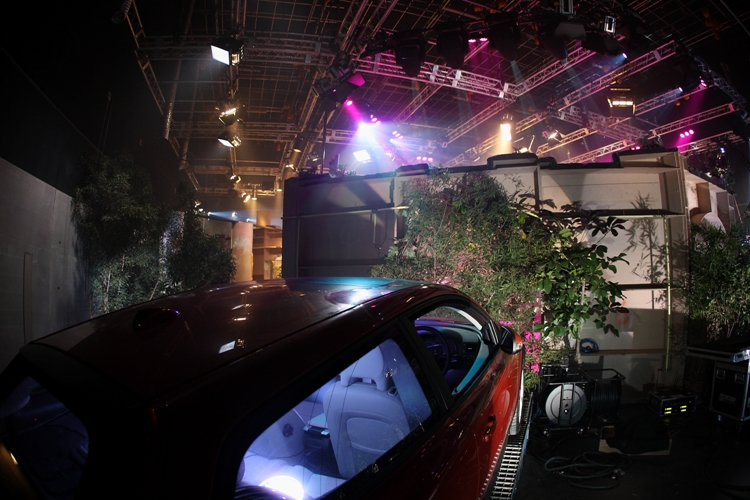 “We moved into Studio Six, a 18 x 30 x 10meter studio at M-Net on the Sunday, with the show being held on Wednesday, 21st April,” said Mauritz. “The only problem we faced was that the set was already built, and out of the 14 movable trusses only seven could be lowered which meant that everything else had to be hung with scaffolding and stepladders.”
“We moved into Studio Six, a 18 x 30 x 10meter studio at M-Net on the Sunday, with the show being held on Wednesday, 21st April,” said Mauritz. “The only problem we faced was that the set was already built, and out of the 14 movable trusses only seven could be lowered which meant that everything else had to be hung with scaffolding and stepladders.”
Blond Productions used M-Net’s generics provided by Angus Clarke. The gear comprised:
42 x 2k Fresnel Pole Operated
12 x 1k Fresnel Pole Operated
18 x 2.5 Softlights
18 x Parcans
120 x Dimmer Channels
12 x Robe Colorspot 250s
12 x Robe Scan 575 XTs
12 x Robe Colorspot 700 EATs
12 x Bright Q LEDs
1 x grandMA full size
Endermol, the client, gave Blond Productions free range for the lighting design. Four Robe 700s were used as front light in the tribal area to enhance the fire effects. While on the island fire had been created with paraffin, for safety reasons there could only be LPG flames in the studio. Mauritz used the animation wheel to recreate the look.
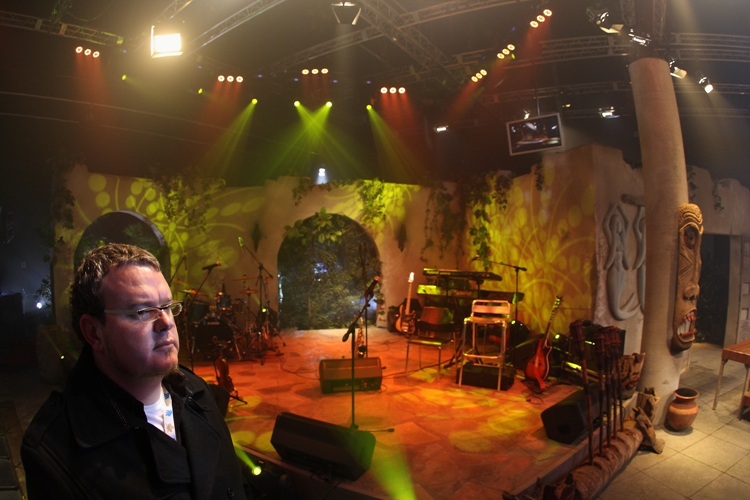 Robe Scan 575s were used as backlight over the audience to simulate beam work colour corrected to CTB, into the camera. The units were rigged on trussing above the audience.
Robe Scan 575s were used as backlight over the audience to simulate beam work colour corrected to CTB, into the camera. The units were rigged on trussing above the audience.
In the performance area, where local talent Freshly Ground performed, Mauritz opted to create a subdued but classy look. “I didn’t want gobos going everywhere and colour changes, it just wasn’t that type of show,” he said. “I used 12 x Robe Colorspot 250s which were positioned on the floor, once again for beam work into the jib camera.” An additional 8 x Robe Colorspot 700s were rigged on the grid over the performance area, using the “break up glass” gobos. This area also utilized 12 Bright Qs for colour wash.
Freshly Ground, who also created the theme song for Survivor Santa Carolin, performed two songs live for television and also entertained the audience during commercials.
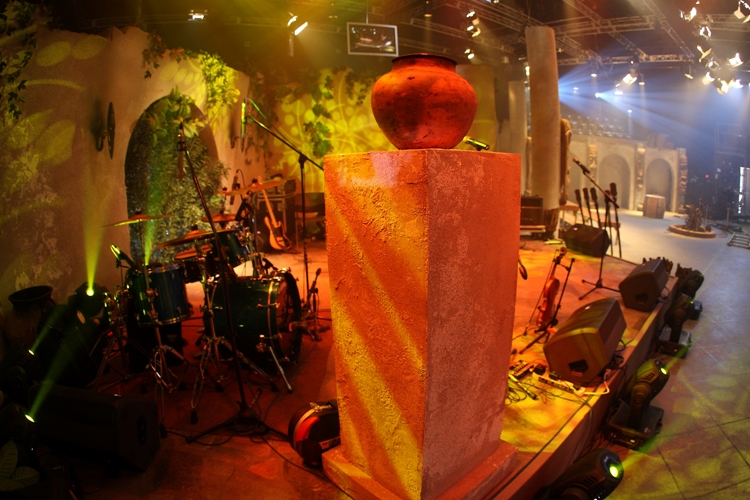 A grandMA full size was set up in a control room. Blond Production bought their console last year and the desk was operated by Kevin Rieck from the said company. “Lighting for camera is not the same as lighting for a live audience,” said Mauritz. He was able to see live camera footage on eight monitors. “This is beneficial because you can see what the show looks like on tv. I had two looks, one for the audience as they walked into the studio and then one minute before the show was broadcast we went for full generics.” He adds, “ I am more than happy with the capabilities of the grandMA, and I also had no issues with the Robe lights”.
A grandMA full size was set up in a control room. Blond Production bought their console last year and the desk was operated by Kevin Rieck from the said company. “Lighting for camera is not the same as lighting for a live audience,” said Mauritz. He was able to see live camera footage on eight monitors. “This is beneficial because you can see what the show looks like on tv. I had two looks, one for the audience as they walked into the studio and then one minute before the show was broadcast we went for full generics.” He adds, “ I am more than happy with the capabilities of the grandMA, and I also had no issues with the Robe lights”. 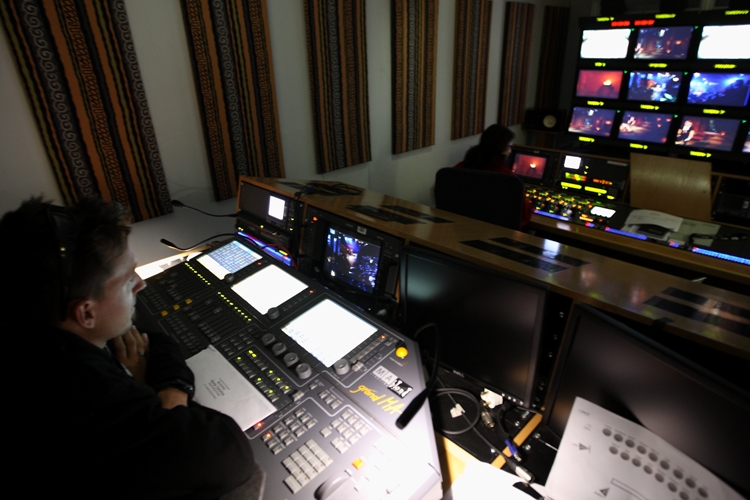 The show looked fantastic. Congratulations to Mauritz and the Blond Productions team on a job well done.
The show looked fantastic. Congratulations to Mauritz and the Blond Productions team on a job well done. 